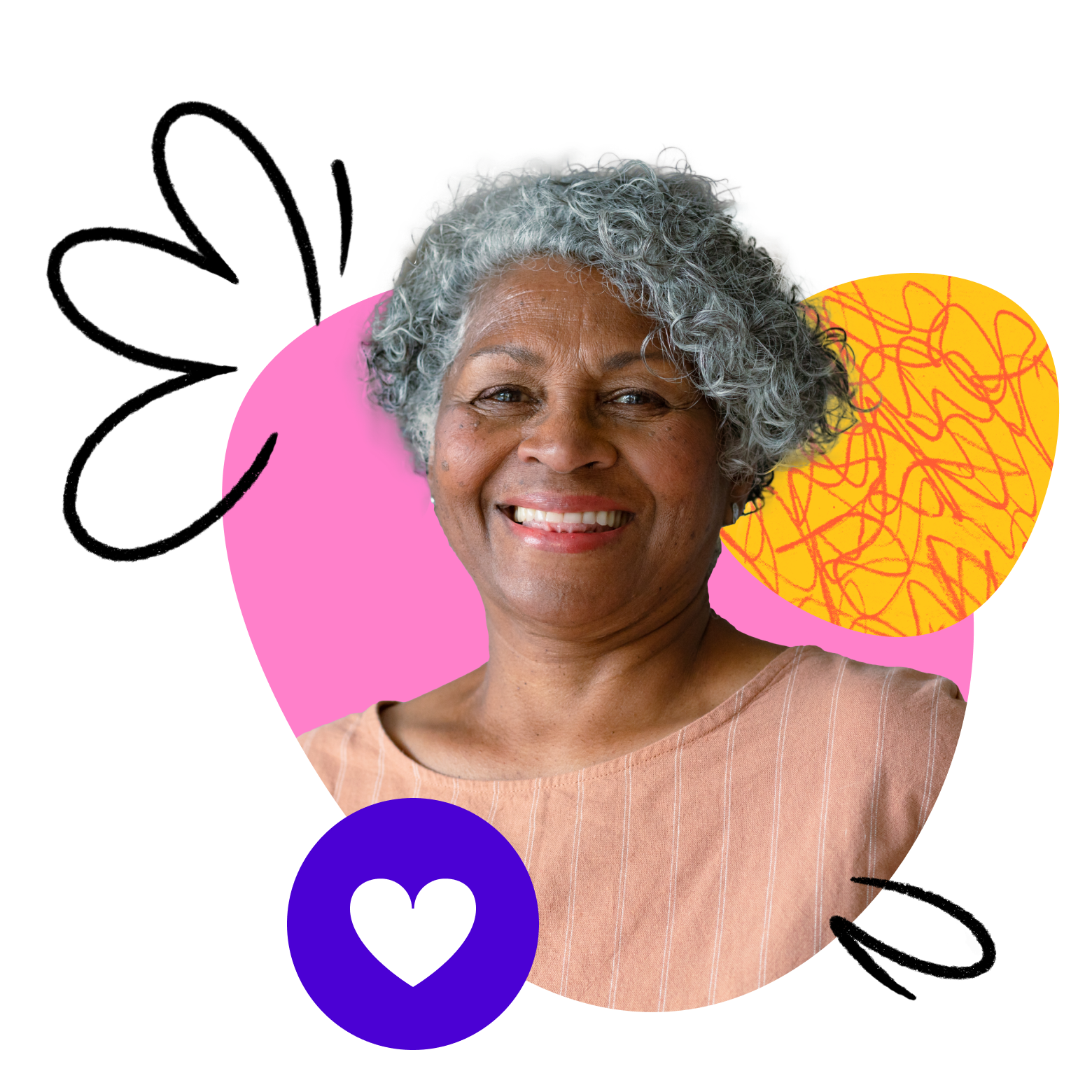Even if you only have experience teaching in an in-person setting, preparing for your first live online class can be a little daunting. But just remember – all of the same teaching principles apply, with a few extra considerations for technology use and the virtual environment. By taking the following steps, you can confidently prepare your physical space, online materials, and mindset for leading a virtual class.
This article will not provide in-depth guidance on curriculum design for online classes and instead will give you a few tips to help you feel confident you’re ready to host your first meeting on Zoom. If you’re still in the early stages of creating a class listing, check out the resources below before reading further:
- Designing curriculum for online learning
- Instructional strategies for building community
- Using Zoom as an educator
Get ready to teach
Well before your first meeting, you should take the following steps to be sure you’re prepared to teach the virtual learning curriculum you’ve designed. These tasks should happen days or weeks before your class begins – and not be saved until the last minute.
- Test all of your links and tech tools to make sure they work. Technology mishaps will inevitably happen every so often, but do everything you can to make sure you’ve got your online materials ready.
- Familiarize yourself with the Zoom classroom and its features.
- Verify you have permission to use any images, videos, or other content you plan to present in your class. If in doubt, leave it out.
Set up your space
Imagine you’re a learner meeting their virtual educator for the first time. What would you like them to see on their screen? How you set up your teaching space will help set the tone for your class and play an important role in keeping learners engaged. Evaluate your teaching space for:
Lighting
Your face and background should be well-lit without a large amount of glare. If you’re using artificial light to illuminate your space (like a lamp or ring light), try out different configurations using the Zoom preview video feature until you find one that reduces shadows and adequately lights up your face and background. Remember that light should come from in front of you – not behind – to prevent darkening your screen.
Sound
Your learners need to be able to hear you! And they’ll be better off not hearing additional noise from around you. Things like televisions, conversations, and pets can all be distracting if learners can hear them in the background, so choose a space where you won’t be disturbed during class.
Background
Contrary to what you may assume, teaching in front of a completely plain background can actually make it more difficult for learners to focus on your instruction. Consider how you may add some appropriate decorations or objects behind you to help learners stay focused on the screen. With that in mind – you should also take a look to make sure there’s nothing you wouldn’t want learners to see in the camera’s view. Messy beds or dishes, learner-age-inappropriate art or objects, or personal religious items all fall in the category of
“keep it off-screen.”
For more on designing your space for online teaching, check out this video series created in collaboration with Logitech®.
Decide on classroom norms
It’s important to be ready to set expectations for your online classroom from the outset, just as you would in a physical classroom. Clear, defined boundaries are important, as many of your learners will have participated in online classes that use a variety of formats or curriculums. Some norms popular with online educators that you may want to include in your class are:
- Be respectful of other learners by remaining muted when others are speaking and using inclusive, kind language in class.
- Put away other devices (like phones, tablets, or portable video game consoles) during the lesson.
- Use the chat for class discussions/activities only, instead of social or off-topic conversations.
Prepare to reach every learner
In the moments before a new class meets for the first time, you may feel full of eager anticipation about meeting unknown learners virtually. You can help head off those nerves by making an effort to get to know your learners ahead of time. Plan how you’ll learn more about the kids who’ll be joining your class, like checking out their Learner Profiles or designing a discussion question to kick off class that will help you understand your learners’ goals, skills, and/or reasons for enrolling in your course.
Taking this extra time to understand your enrolled learners is what can set you apart as a stellar instructor and help every person feel welcome, safe, and valued in your class.
Get excited!
If you’re an approved educator on Outschool, you’ve already shown us that you’ve got what it takes to engage kids with your shared passions and inspire a love of learning. So make a plan, get prepared, and get in there! Your first live class of learners can’t wait to meet you.

